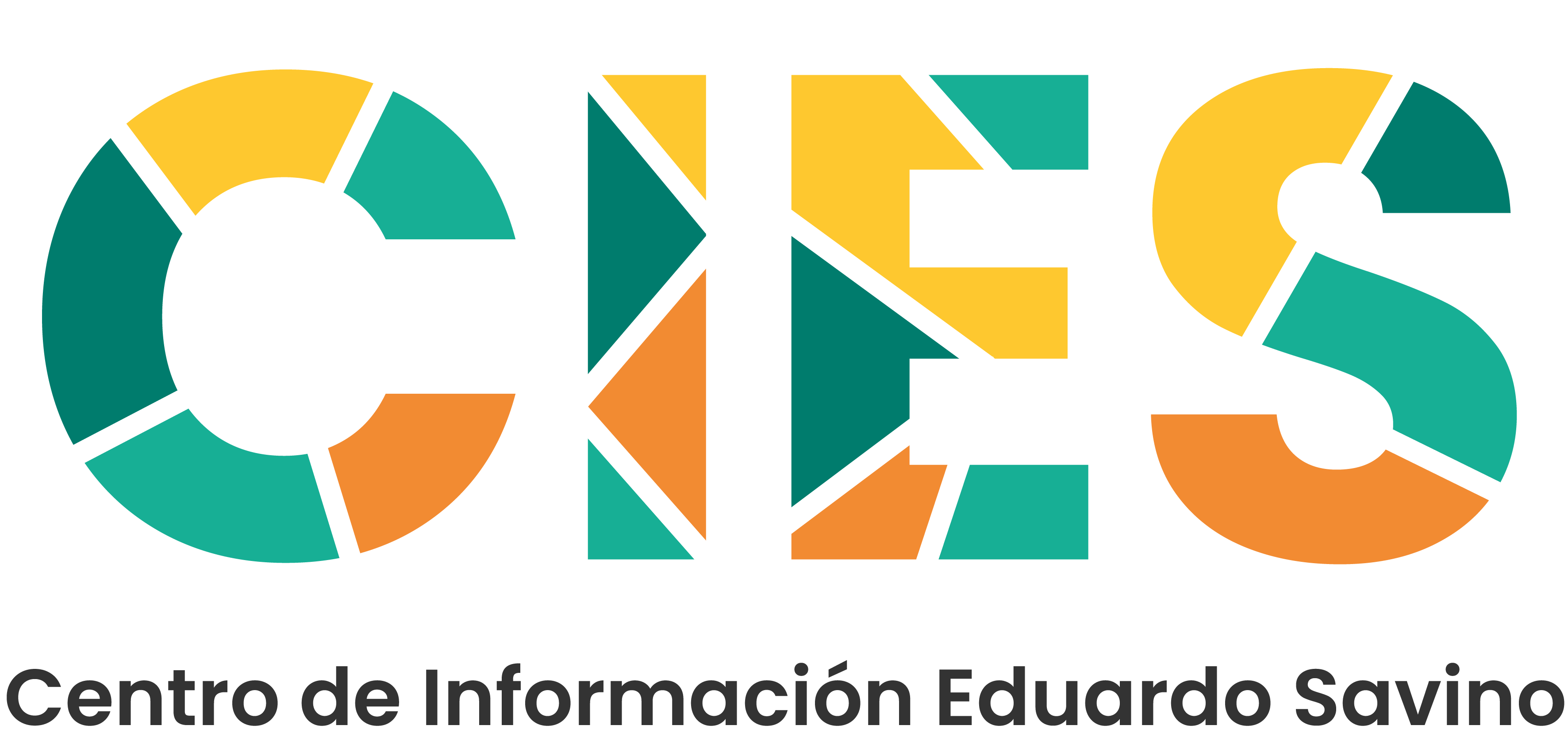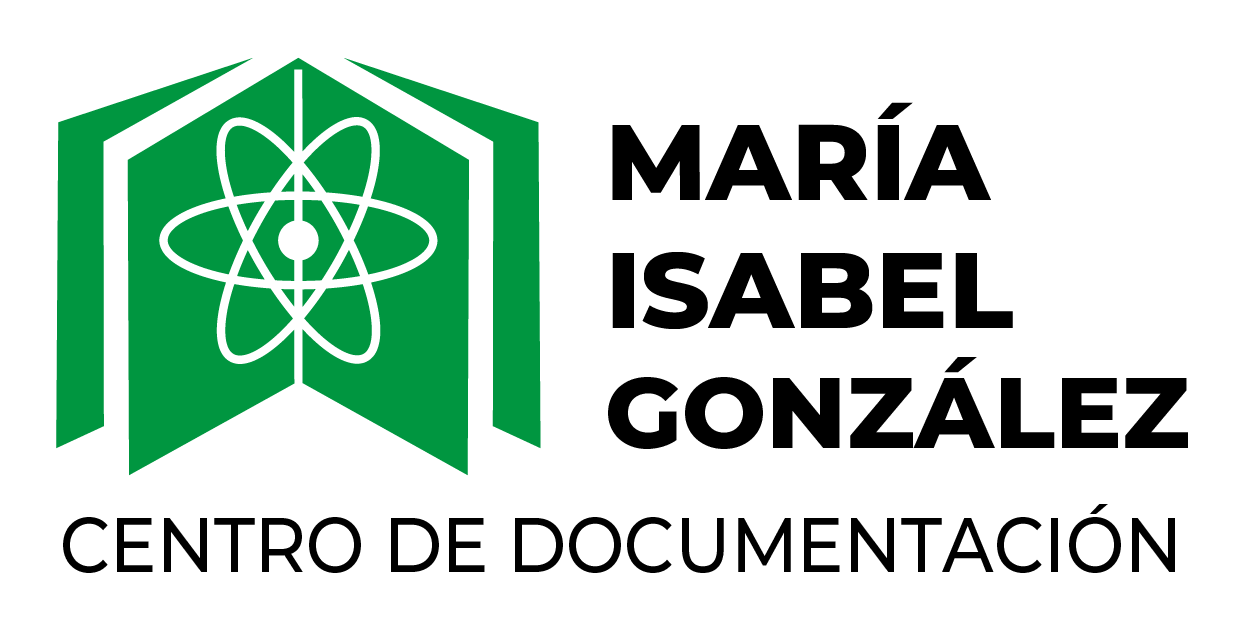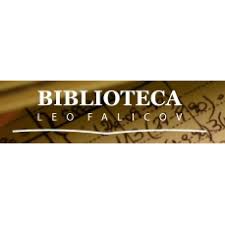Estudio y aplicación de ondas guiadas ultrasónicas en END.
Material type: Computer filePublication details: 2011.Description: 135 pOther title:
Computer filePublication details: 2011.Description: 135 pOther title: - Study and application of ultrasonic guided waves in NDT [Parallel title]
| Item type | Home library | Call number | Status | Barcode | |
|---|---|---|---|---|---|
|
|
Centro de Información Eduardo Savino | IS/T--123/11 (Browse shelf(Opens below)) | Not for loan | IS/T--123/11 |
Browsing Centro de Información Eduardo Savino shelves Close shelf browser (Hides shelf browser)
Cantidad de ejemplares: 1
Tesis para optar al título de Magister en Ciencia y Tecnología de Materiales. Director/es: Desimone, Carlos; Katchadjian, Pablo
En la actualidad existen diversas técnicas para la inspección de estructuras, pero consumen mucho tiempo. Una alternativa son las técnicas de detección de defectos mediante ondas de Lamb. El uso es de interés en estructuras tipo chapas y en su propagación, las ondas de Lamb lo pueden hacer a largas distancias. En la generación de estas ondas de Lamb se diseñaron y se hicieron transductores de ángulo variable de contacto (zapatas de Rexolite) y de inmersión (variador de ángulo de aluminio). En la búsqueda de modos simétricos y asimétricos se utilizaron los métodos de inspección ultrasónica pulso-eco por contacto, transmisión - recepción por contacto y pulso-eco por inmersión. Estos métodos fueron capaces de identificar los modos existentes en diferentes espesores de chapas de aluminio y acero. Con el método pulso-eco por contacto se presentaron señales con resoluciones legibles en su interpretación lo que lo hace el método de aplicación en piezas reales. Los resultados obtenidos en la búsqueda de los modos simétricos S0 y asimétricos A0 muestran que son los más susceptibles a excitar a bajas frecuencias en los métodos mencionados. En la identificación de discontinuidades o defectos en piezas reales, se fabricaron entallas de distintas dimensiones en chapas de aluminio y acero. También se hicieron ensayos en chapas de aluminio unidades por soldadura por fricción. Los resultados obtenidos, muestran que estas ondas, son capaces de recorrer grandes distancias con pequeña atenuación, aportando información sobre la sensibilidad del método de detección de la entalla yen la soldadura en la estructura.
At the present, there are various techniques for the inspection of structures, but they take a lot of time. An alternative could be the techniques of detection through Lamb waves. Their use is interesting in structures like in types of plates or sheets and in their propagation, Lamb waves are able to do it at long distances. In the generation of these waves of Lamb, contact transducers of variable angle (based on Rexolite) and of immersion (aluminum angle drive) were designed. In Searching of symmetric and asymmetric modes, methods of inspection ultrasonic eco-pulse by contact, transmission-reception by contact and eco-pulse by immersion were used. These methods were able to identify the existed modes in different thick plates of aluminum and steel. With the method eco-pulse by contact, signals were presented with good resolutions in its interpretation what makes the method of application in real pieces. The obtained results in the search of symmetric modes S0 and asymmetric A0 show that they are the most sensitive to excite to at frequencies in the mentioned methods. In the identification of discontinuities or defects in real pieces, different dimensions notches in aluminum and steel plates were made. Tests were also made in aluminum plates joined by friction welding. The obtained results show that these waves, are able to travel long distances with small attenuation, providing information on the sensitivity of the method in the detection of the notch and welding structure.
Lugar de trabajo: Centro atómico Constituyentes
There are no comments on this title.




